The Clinton camp is furious at the 'flimsy' FBI rationale for pre-election warrant in unsealed documents
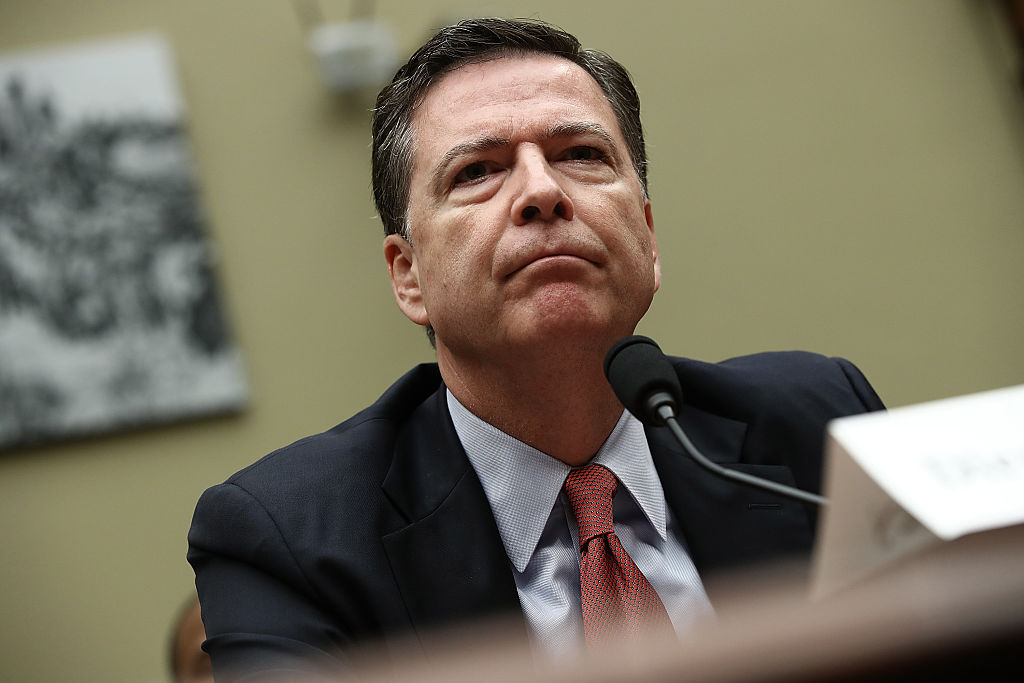

On Tuesday, a federal judge unsealed the search warrant and related documents used by the FBI to justify reactivating its investigation into Hillary Clinton's private email server, less than two weeks before the presidential election. The Oct. 30 warrant request came two days after FBI Director James Comey took the unusual and controversial step of informing Congress and the public that agents had found emails that "appear to be pertinent" to the closed Clinton investigation. Two days before the election, Comey said the FBI had found nothing new and incriminating.
The unsealed affidavit, sworn out by an FBI official whose name was redacted, seems to argue that because the bureau's earlier investigation had uncovered classified information in emails to Clinton and aide Huma Abedin, and a seized laptop owned by Abedin's estranged husband, Anthony Weiner, contained emails to Abedin from the time period she was in regular contact with Clinton, "there is probable cause to believe the [laptop] contains correspondence" with classified information. "The Subject Laptop was never authorized for the storage or transmission of classified or national defense information," the affidavit added.
The new documents "reinforce the impression that when the bureau revealed less than two weeks before the election that agents were again investigating Clinton, they had no new evidence of actual wrongdoing," The Washington Post says. Several outside lawyers said the FBI likely met the low bar of "probable cause" in its warrant request, and U.S. Magistrate Judge Kevin Fox was within bounds to sign off on the search. But the lawyer who requested the documents, E. Randol Schoenberg, said after reading them Tuesday he was "appalled" at the lack of any evidence a crime might have been committed. "There's nothing other than 'we'd like to look at it,' and that's not the standard for probable cause," he told Courthouse News Service.
The Week
Escape your echo chamber. Get the facts behind the news, plus analysis from multiple perspectives.

Sign up for The Week's Free Newsletters
From our morning news briefing to a weekly Good News Newsletter, get the best of The Week delivered directly to your inbox.
From our morning news briefing to a weekly Good News Newsletter, get the best of The Week delivered directly to your inbox.
Given the stakes — the election, plausibly — the Clinton camp was furious. Campaign spokesman Brian Fallon said on Twitter that the documents show that "Comey's intrusion on the election was as utterly unjustified as we suspected at time," adding that it's "salt in the wound to see FBI rationale was this flimsy." Clinton lawyer David Kendall criticized the "extraordinary impropriety" of Comey's vague Oct. 28 letter, "which produced devastating but predictable damage politically and which was both legally unauthorized and factually unnecessary." We may have to wait for Comey's autobiography to hear his side.
A free daily email with the biggest news stories of the day – and the best features from TheWeek.com
Peter has worked as a news and culture writer and editor at The Week since the site's launch in 2008. He covers politics, world affairs, religion and cultural currents. His journalism career began as a copy editor at a financial newswire and has included editorial positions at The New York Times Magazine, Facts on File, and Oregon State University.
-
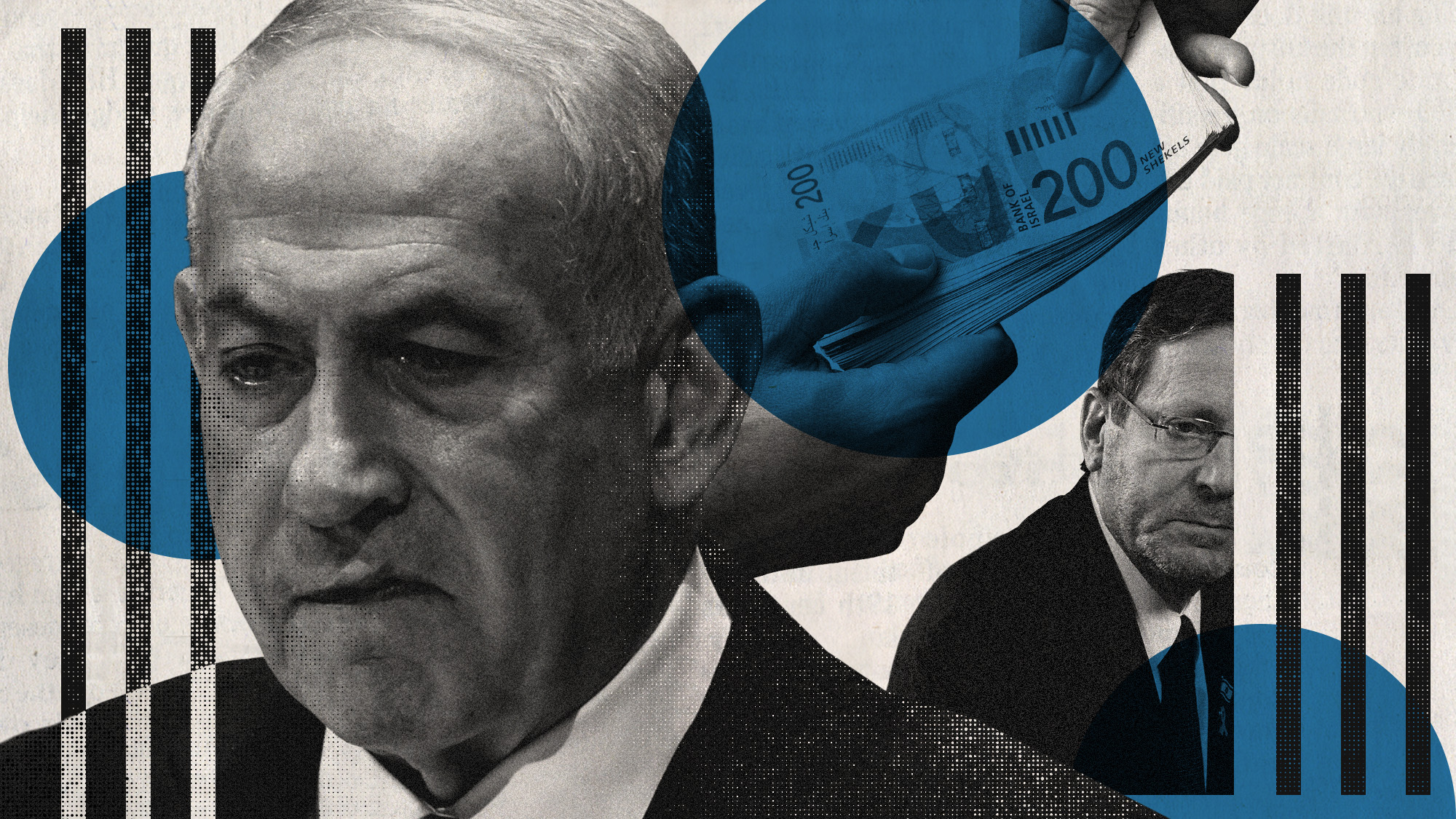 Will Netanyahu get a pardon?
Will Netanyahu get a pardon?Today's Big Question Opponents say yes, if he steps down
-
 December’s books feature otherworldly tales, a literary icon’s life story and an adult royal romp
December’s books feature otherworldly tales, a literary icon’s life story and an adult royal rompThe Week Recommends This month's new releases include ‘The Heir Apparent’ by Rebecca Armitage and ‘Tailored Realities’ by Brandon Sanderson
-
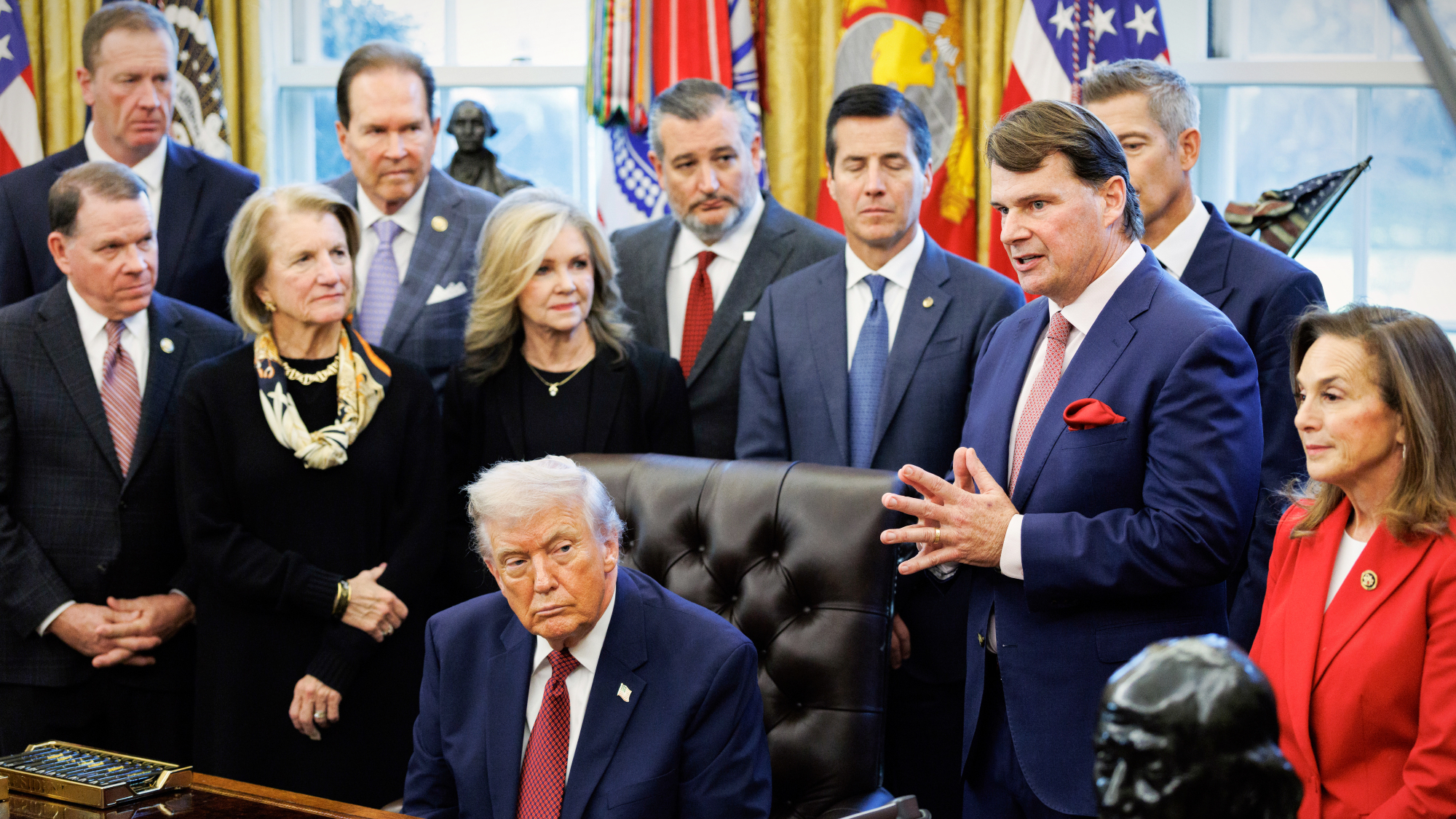 Trump boosts gas cars in fuel economy rollback
Trump boosts gas cars in fuel economy rollbackspeed read Watering down fuel efficiency standards is another blow to former President Biden’s effort to boost electric vehicles
-
 Trump boosts gas cars in fuel economy rollback
Trump boosts gas cars in fuel economy rollbackspeed read Watering down fuel efficiency standards is another blow to former President Biden’s effort to boost electric vehicles
-
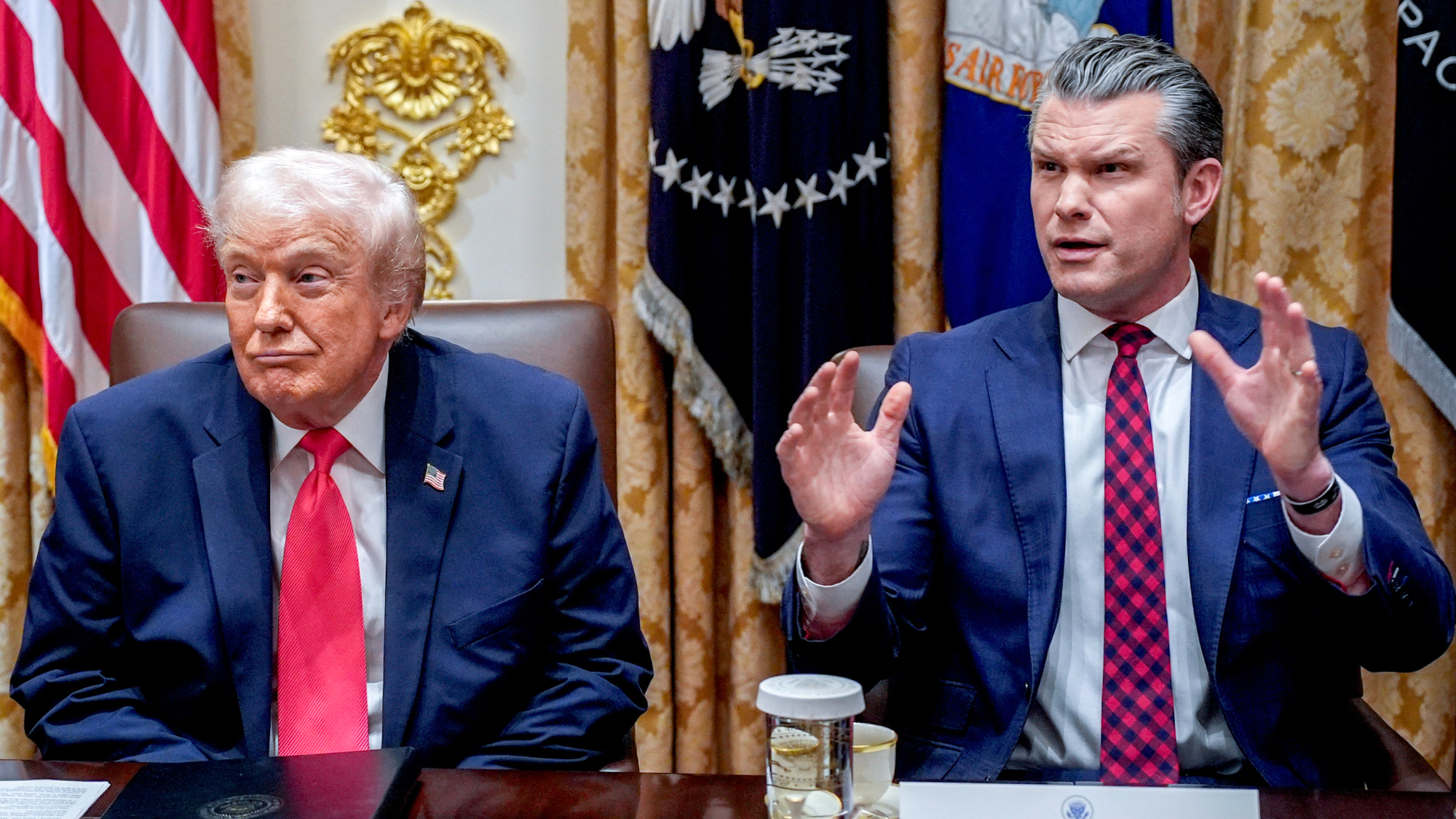 Hegseth’s Signal chat put troops in peril, probe finds
Hegseth’s Signal chat put troops in peril, probe findsSpeed Read The defense secretary risked the lives of military personnel and violated Pentagon rules, says new report
-
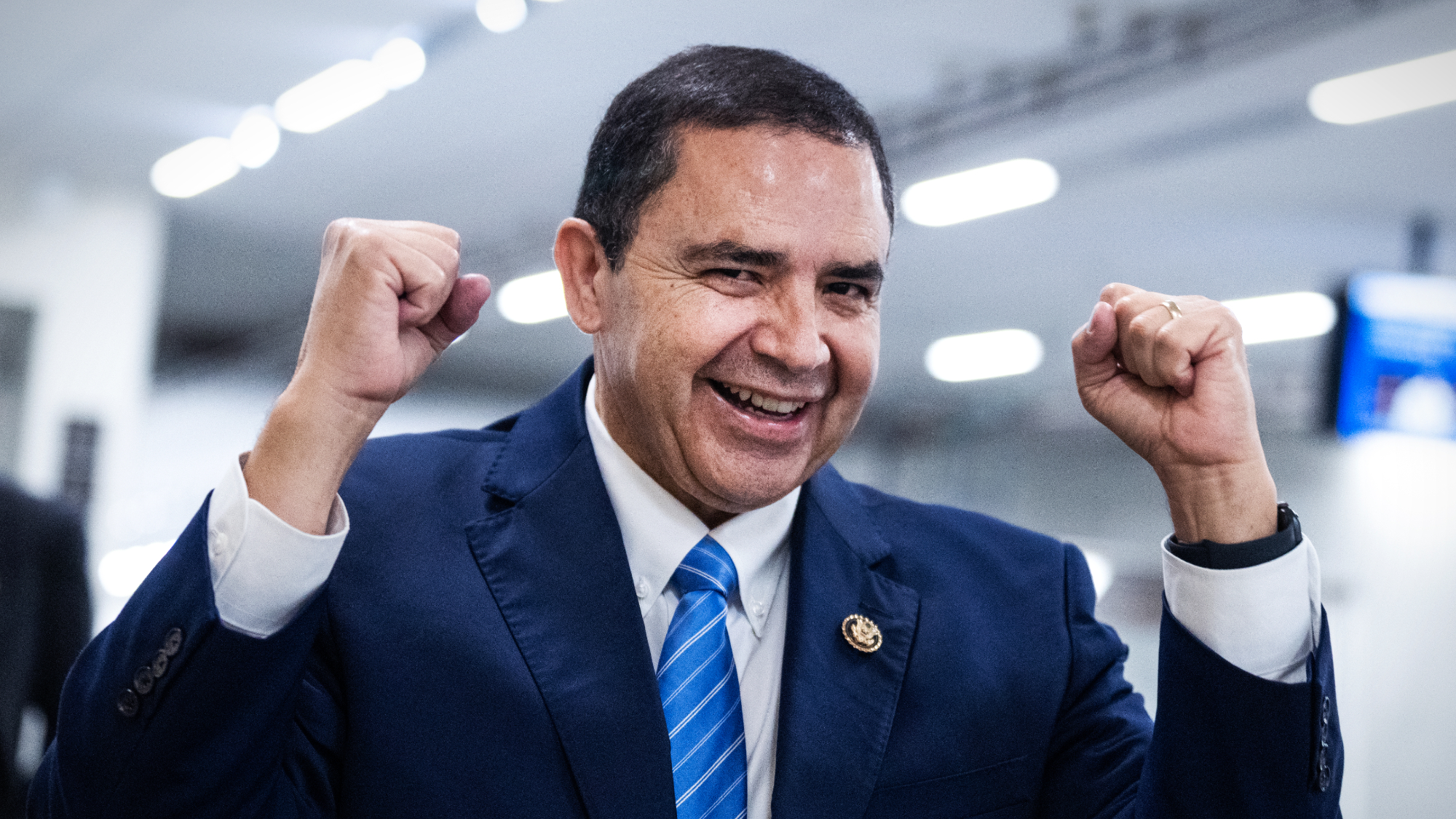 Trump pardons Texas Democratic congressman
Trump pardons Texas Democratic congressmanspeed read Rep. Henry Cuellar was charged with accepting foreign bribes tied to Azerbaijan and Mexico
-
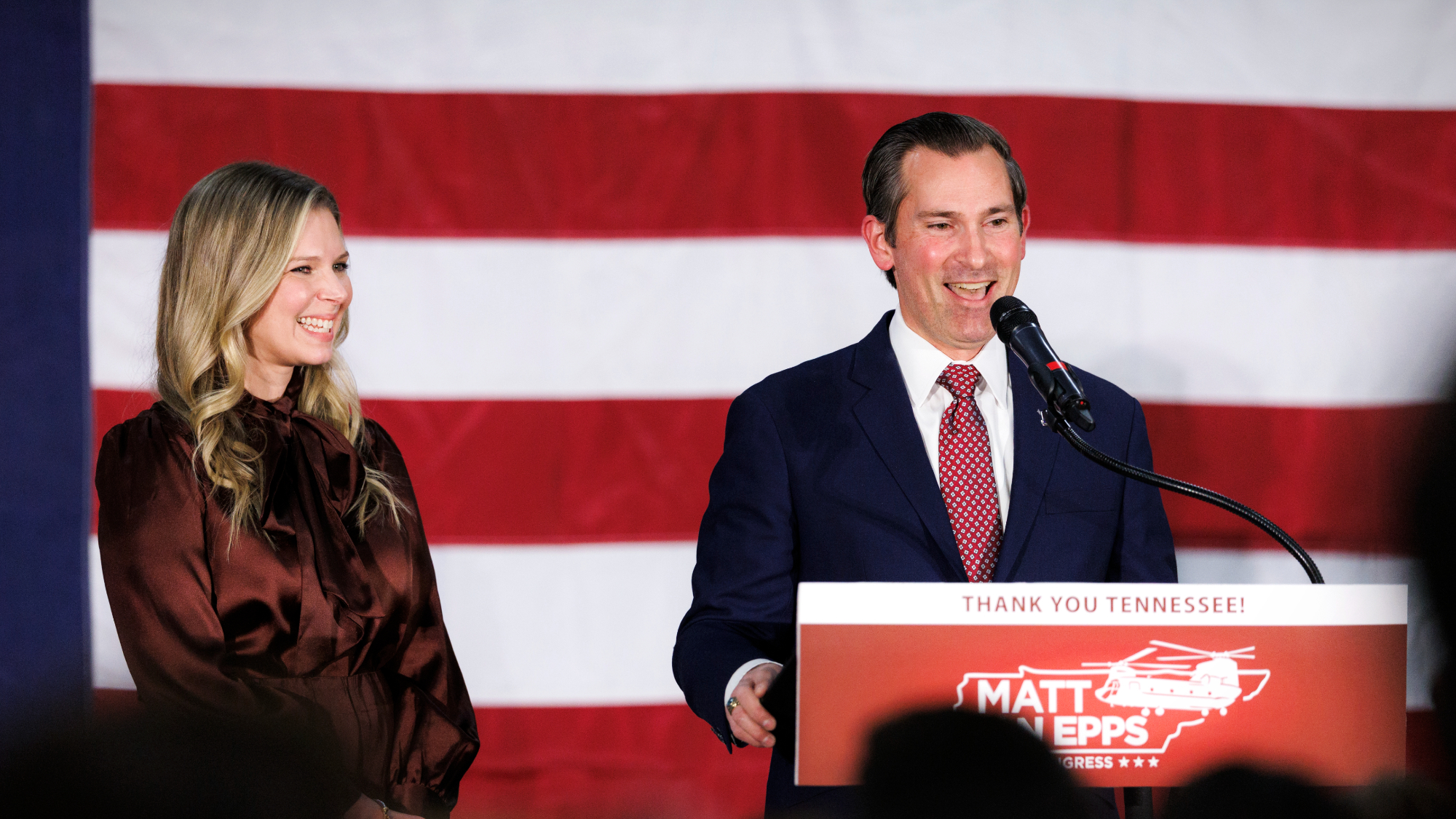 GOP wins tight House race in red Tennessee district
GOP wins tight House race in red Tennessee districtSpeed Read Republicans maintained their advantage in the House
-
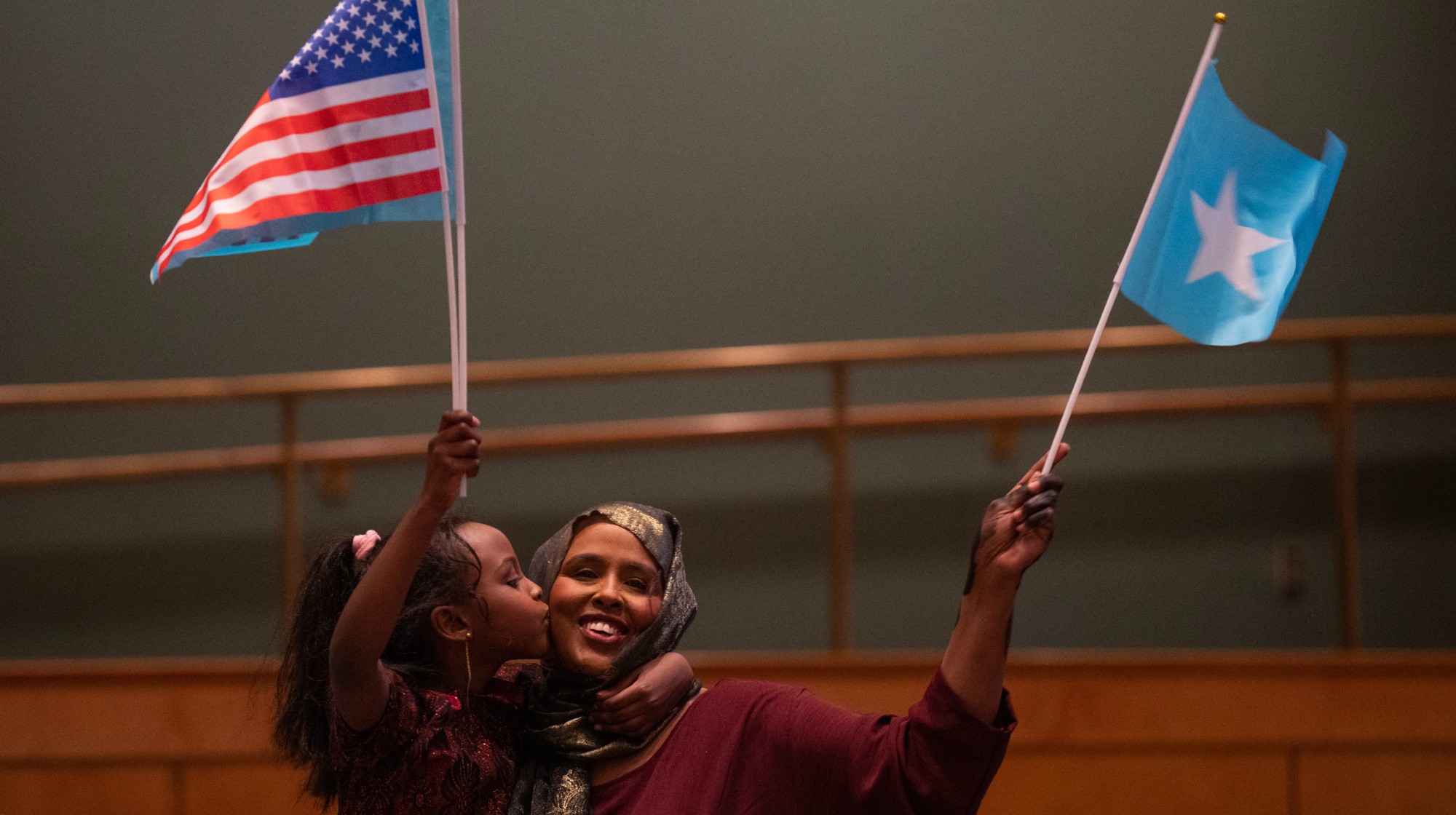 Trump targets ‘garbage’ Somalis ahead of ICE raids
Trump targets ‘garbage’ Somalis ahead of ICE raidsSpeed Read The Department of Homeland Security will launch an immigration operation targeting Somali immigrants in the Minneapolis-St. Paul area
-
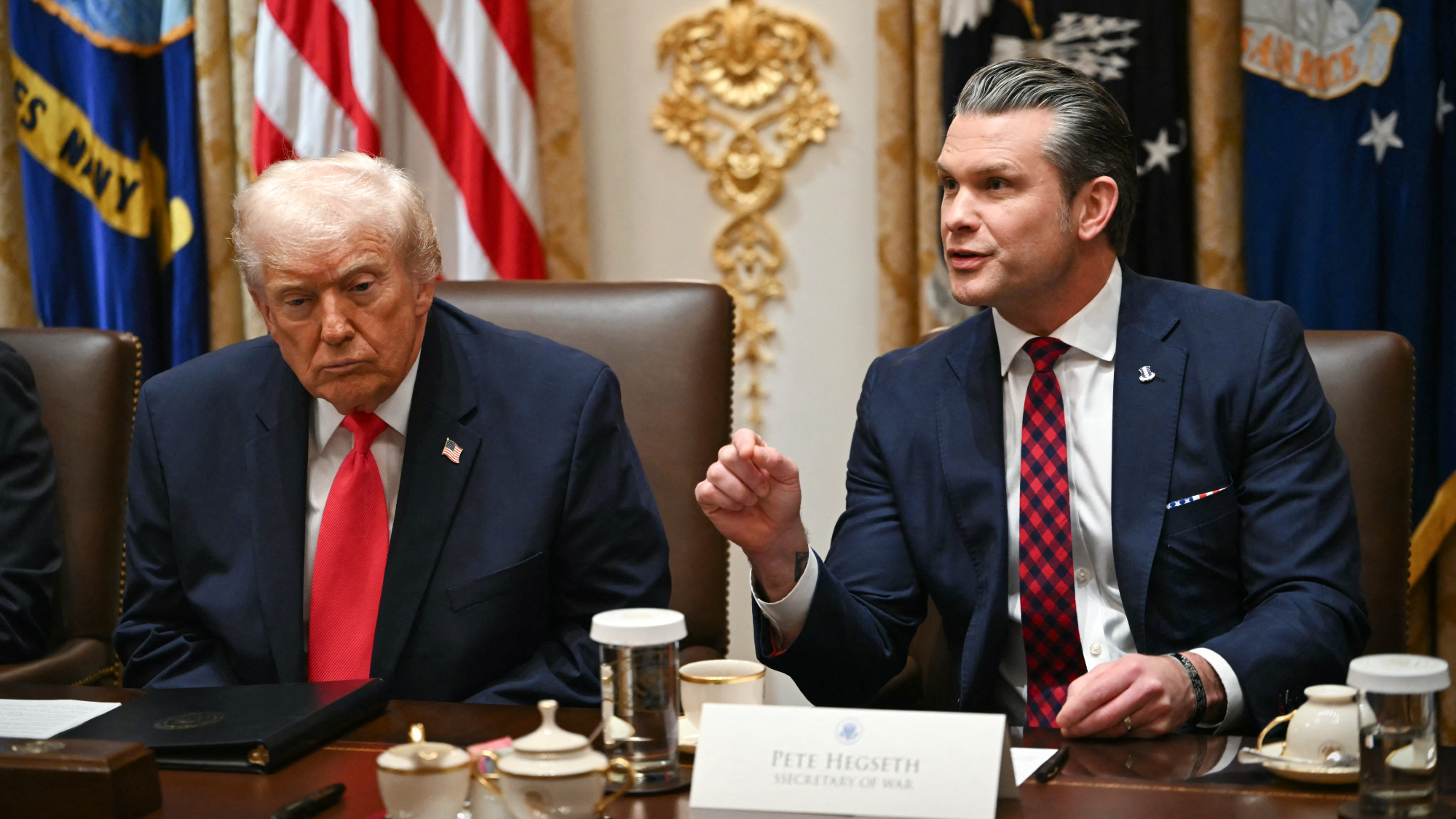 Hegseth blames ‘fog of war’ for potential war crime
Hegseth blames ‘fog of war’ for potential war crimespeed read ‘I did not personally see survivors,’ Hegseth said at a Cabinet meeting
-
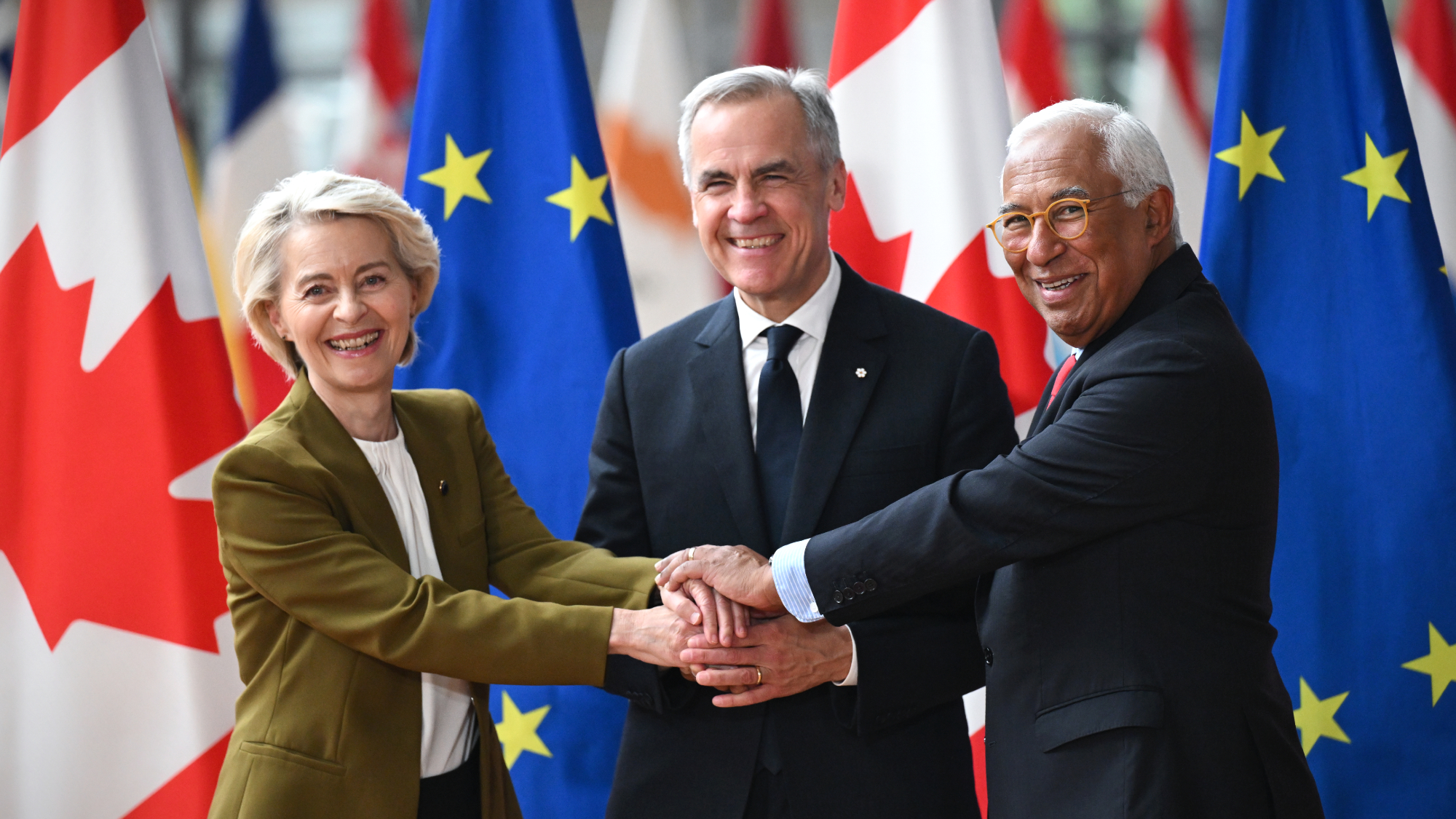 Canada joins EU’s $170B SAFE defense fund
Canada joins EU’s $170B SAFE defense fundspeed read This makes it the first non-European Union country in the Security Action for Europe (SAFE) initiative
-
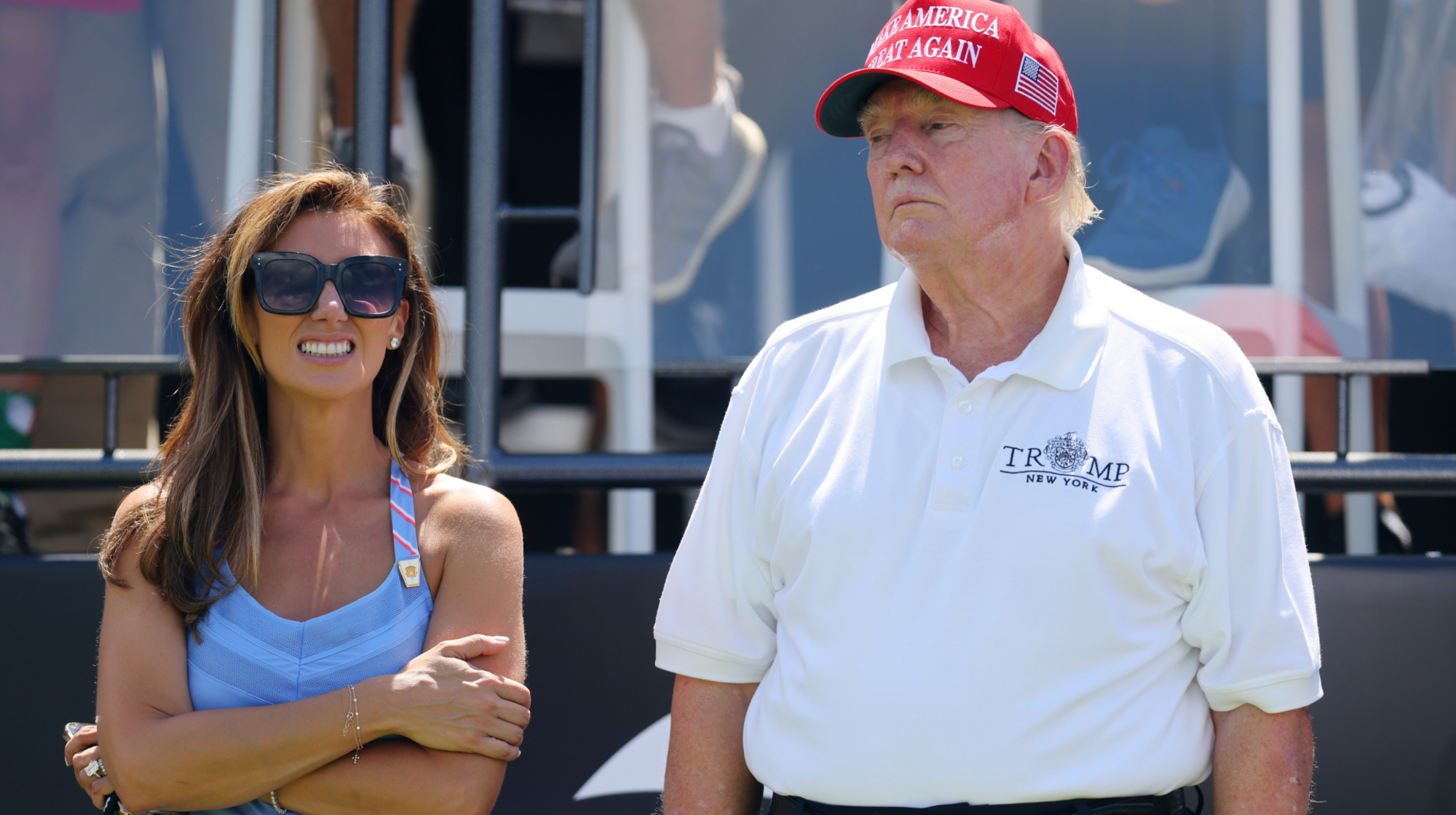 Appeals court disqualifies US Attorney Alina Habba
Appeals court disqualifies US Attorney Alina HabbaSpeed Read The former personal attorney to President Donald Trump has been unlawfully serving as US attorney for New Jersey, the ruling says
